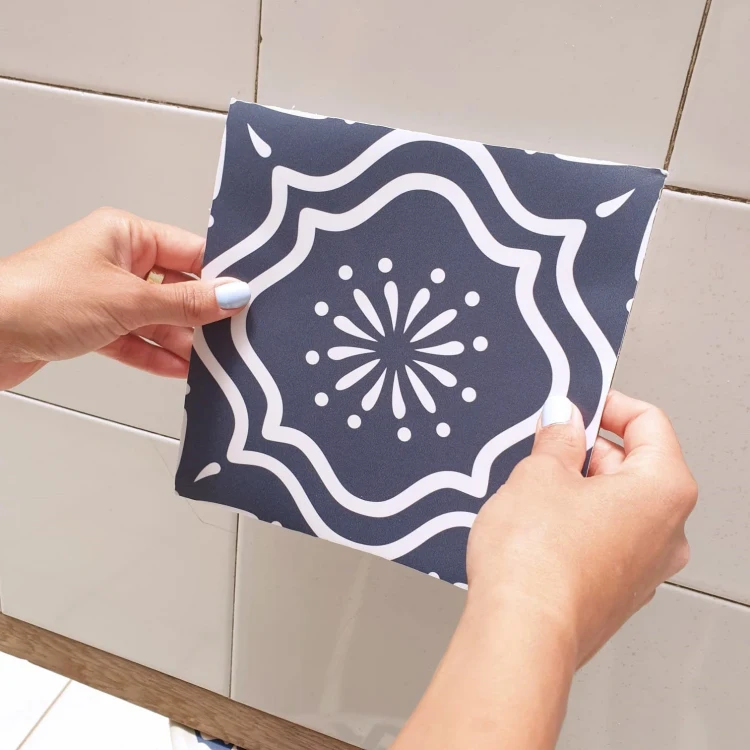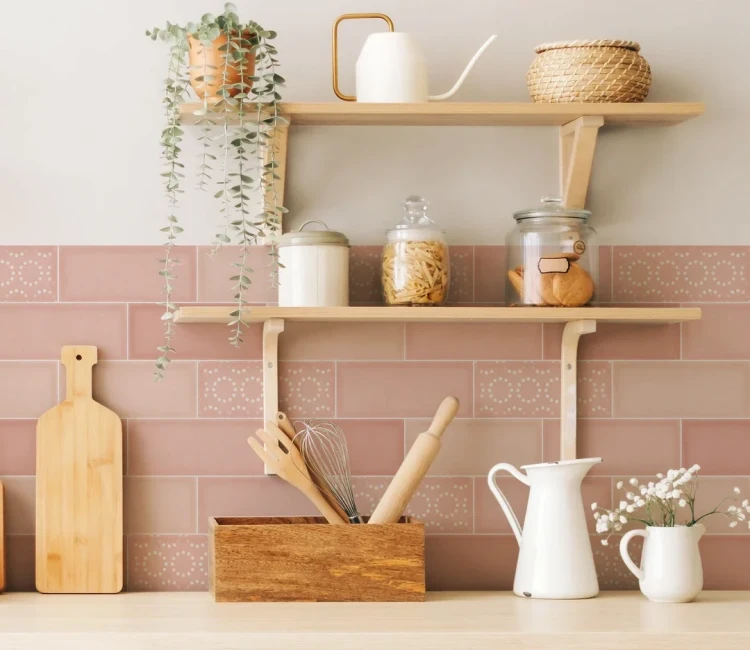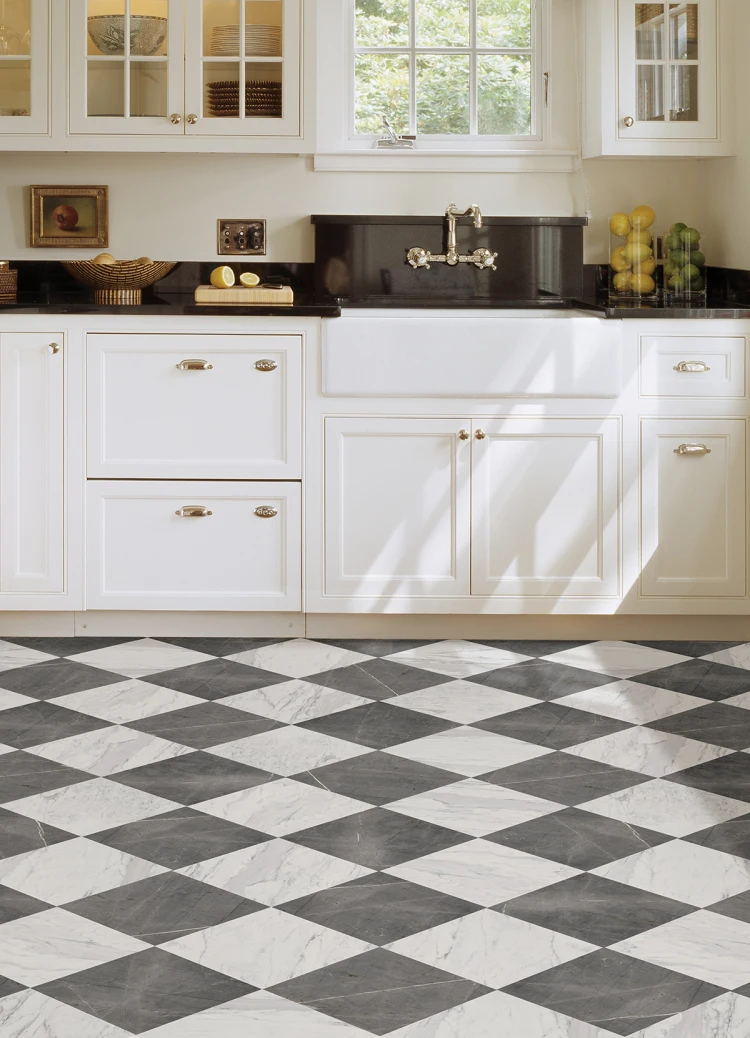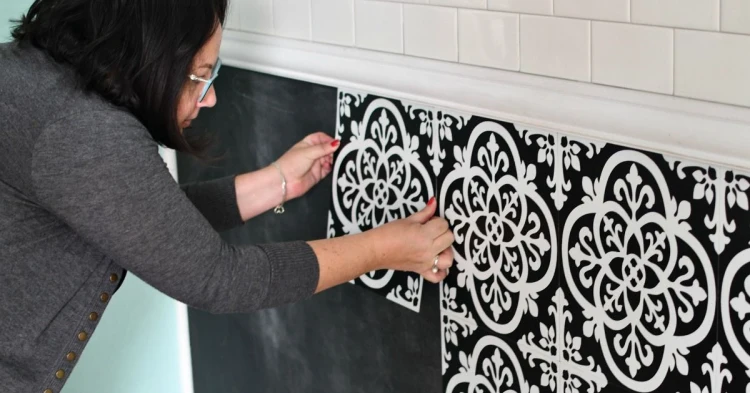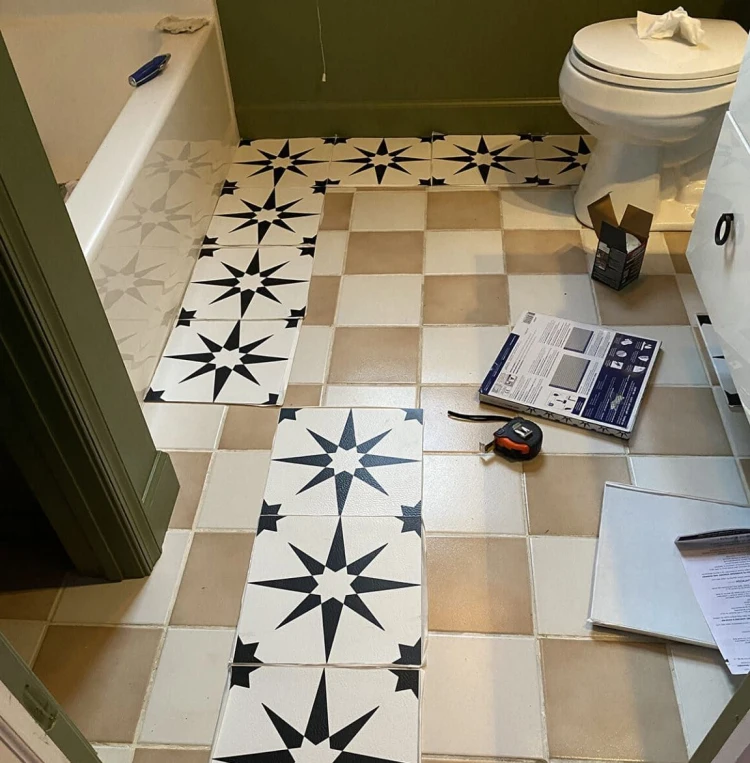At some point in their life, everyone faces the struggles related to home renovation. We all want to feel comfortable at home and create a safe and cozy place where we can enjoy the moments spent with the family. But renovating a flat or house is always so time-consuming and exhausting that we simply start looking for different solutions to ease the whole process, to take as little time as possible, and of course, not require a lot of financial investment. That’s why peel and stick tiles are becoming more and more popular these days, as they are such a simple and convenient material suitable for carrying out repairs with your own hands. Their installation doesn’t take much time, and lacks any preparatory work. In today’s article, we will answer some of the most frequently asked questions related to peel and stick tiles, take a look at their characteristics and give you some installation tips. Keep reading!
What exactly are peel and stick tiles?
Sometimes it happens that the tiles in the kitchen, bathroom or some other room in our home need urgent replacement. But this often requires spending a large amount of money, hiring a tile setter to properly glue the ceramic tiles, etc. You know what we’re talking about! But is there another solution? Of course, peel and stick tiles come to the rescue. They can be made of vinyl, gel, glass, or even stone and metal. They have an adhesive back that ensures they can be quickly installed on different types of surfaces, and anyone can handle this themselves, which is their main advantage. Such a budget-friendly solution which doesn’t require hiring a professional, and buying additional materials for gluing (as with ceramic tiles) is really tempting, isn’t it?
Main characteristics of the peel and stick tiles
Let’s take a look at some basic characteristics of this type of tile, hat successfully rank them among other similar materials thanks to their many positive qualities. It is worth noting the following properties of peel and stick tiles:
- A wide variety of designs, patterns and colors on the market. Be sure to find a great option that will suit the interior of your home!
- Peel and stick tile for floors are flexible and non-slip. One of their biggest advantages is that they can also be placed on the floor, as there is no risk of deformation and slipping is reduced to a minimum.
- No adhesives or messy glue. As already mentioned, no additional adhesives as well as special tools are needed to install this type of tile, which reduces the costs and the need to hire a professional.
- They are also suitable for rooms where there is a change in humidity levels. Contrary to most perceptions, tiles of this type do not actually warp from moisture or temperature changes.
Is peel and stick cheaper than ceramic tile?
As far as price per square foot is concerned, actually the prices of ceramic tiles and peel and stick may match, and in some cases depending on the manufacturer, design, etc. the price of the latter may even exceed that of ceramic. It all depends on the exact model you choose. What you will save, however, is the cost of tools, gluing materials, grouting as well as paying for the work of an experienced tiler. This is because anyone is capable of handling the easy installation of peel and stick tiles.
What you need to keep in mind? Installation tips!
There are some specifics to keep in mind about the installation of this type of tile, no matter how easy it is, in order to enjoy excellent results afterwards. That’s why we’ve prepared some useful and practical tips that are worth following:
Prepare the surface on which you are going to glue the tiles. Make sure it is smooth and as clean as possible (which is desirable in any renovation). If there are cracks fill them, then sand, clean and prime at the end. Once the surface is completely dry, you can move on to tiling. In fact, this type of tile can also be glued onto any old flooring such as laminate or parquet. In fact, the tiles can be easily glued on any smooth and undamaged surface – smooth ceramic or glass tiles, wallpaper, mirror, linoleum, panels, etc.
It is not a good idea to place the tiles when the temperatures are very low because it can have a negative effect on the adhesive. Warm up the room as well as the tiles first to ensure easy bonding.

